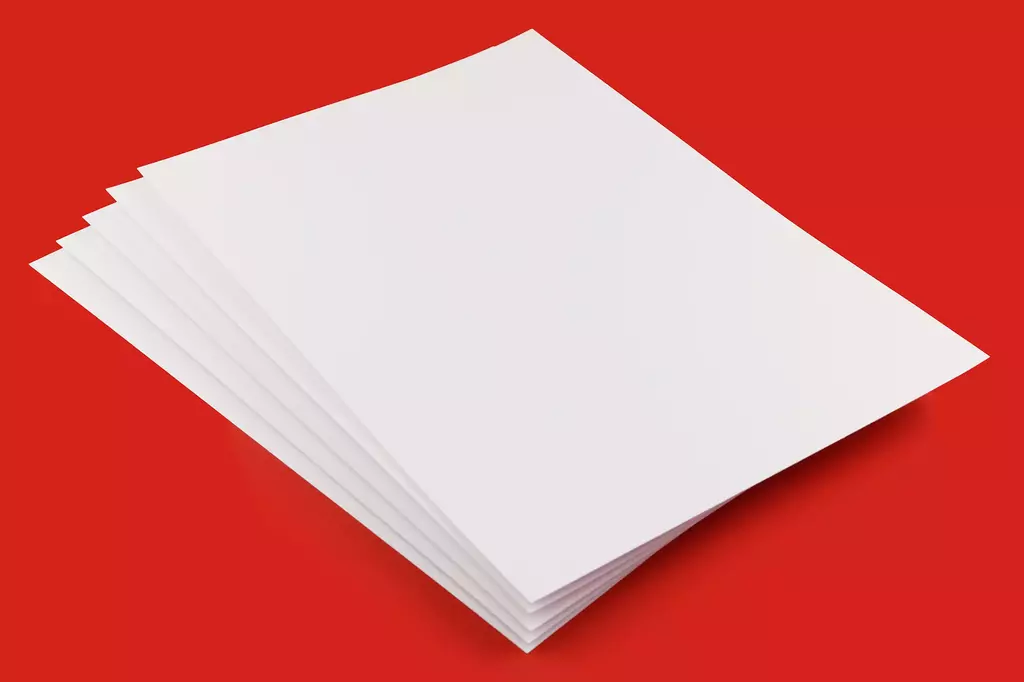MENU
MENU
Cookie Privacy Preferences
We utilize essential cookies to ensure our website operates effectively and remains secure. Additionally, we'd like to request your permission to use optional cookies. These are intended to enhance your browsing experience by offering personalized content, displaying advertisements that are relevant to you, and helping us to further refine our website.
Choose "Accept all cookies" to agree to the use of both essential and optional cookies. Alternatively, select "Let me see" to customize your preferences.
Privacy Preference Centre
Our website utilizes cookies to enhance your browsing experience and to present you with content tailored to your preferences on this device and browser. Below, you will find detailed information about the function of cookies, enabling you to make informed choices about which cookies you wish to accept. Please note that disabling certain cookies might impact your user experience on our site. It's important to remember that cookie preferences need to be set individually for each device and browser you use. Clearing your browser's cache may also remove your cookie settings. You have the freedom to modify your cookie preferences at any point in the future.
For a comprehensive understanding of our use of cookies, please refer to our complete cookies policy.
These cookies are needed for the website to work and for us to fulfil our contractual obligations. This means they can't be switched off. They enable essential functionality such as security, accessibility and live chat support. They also help us to detect and prevent fraud. You can set your browser to block or alert you about these cookies, but it means some parts of the site won't work.
These cookies allow us to measure and improve the performance of our site. They help us to know how popular pages are, and to see how visitors move around the site. If you don't allow these cookies, we won't know when you've visited our site, and we won't be able to monitor its performance.
These cookies enable us to provide enhanced functionality and personalisation. They may be set by us or by third party providers whose services we've added to our pages. If you don't allow these cookies, some or all of these services may not work properly.
These cookies collect information about your browsing habits to show you personalised adverts. They may be used to build a profile of your interests and show you relevant adverts on other sites. They don't store directly personal information, but are based on uniquely identifying your browser and internet device. If you don't allow these cookies, the adverts you see will be less relevant.

When planning a printing project, one of the most important decisions you’ll make is choosing the right type of paper. Two popular options—silk and gloss paper—offer unique benefits that can greatly impact the final result. But how do you know which one is best suited to your project? In this guide, we’ll explore the key differences between silk and gloss paper, their ideal uses, and how you can achieve stunning results by selecting the right option.
Silk paper, also known as satin-coated paper, offers a smooth texture with a subtle sheen. Unlike gloss paper, which has a high-shine finish, silk paper is designed to strike a balance between matte and glossy. The result is a soft, luxurious surface that enhances printed colours without producing excessive glare.
Key Features of Silk Paper:
Silk paper is commonly used in projects that require a polished yet understated finish, such as brochures, booklets, and corporate reports. It provides a premium feel while maintaining readability, making it ideal for content-heavy materials.
Gloss paper is known for its highly reflective, shiny surface that makes colours appear more vibrant and sharp. It is often used when you want to create an eye-catching effect or bring out the full depth of images.
Key Features of Gloss Paper:
Because of its ability to enhance visual content, gloss paper is perfect for marketing materials such as flyers, photo prints, and product catalogues. However, its reflective surface can make large blocks of text difficult to read, so it’s best suited for visually-driven projects.
|
Feature |
Silk Paper |
Gloss Paper |
|
Finish |
Subtle sheen, less reflective |
High-shine, reflective |
|
Colour Vibrancy |
Enhanced, but balanced |
Bold and vibrant |
|
Best for Images or Text |
Suitable for text-heavy documents |
Ideal for image-heavy designs |
|
Feel |
Soft and refined |
Smooth and slick |
|
Uses |
Brochures, booklets, reports, invitations |
Flyers, catalogues, photo prints, posters |
Silk paper is a great choice when readability is important, making it perfect for documents that combine text and imagery.
If your project is primarily visual, gloss paper will ensure your designs are impactful and attention-grabbing.
In some cases, you may want to combine both silk and gloss paper in a single project. For example, a product catalogue could feature silk paper for descriptive sections and gloss paper for high-impact product pages. Understanding the strengths of each option allows you to tailor your materials for the best possible result.
Whether you need subtle elegance or eye-catching vibrancy, choosing the right paper is key to achieving professional results. At Mankey Monkey, we offer a wide range of silk and gloss paper options to meet your specific needs. With competitive pricing and next-working-day delivery across the UK, you can easily source the perfect paper for any project.
